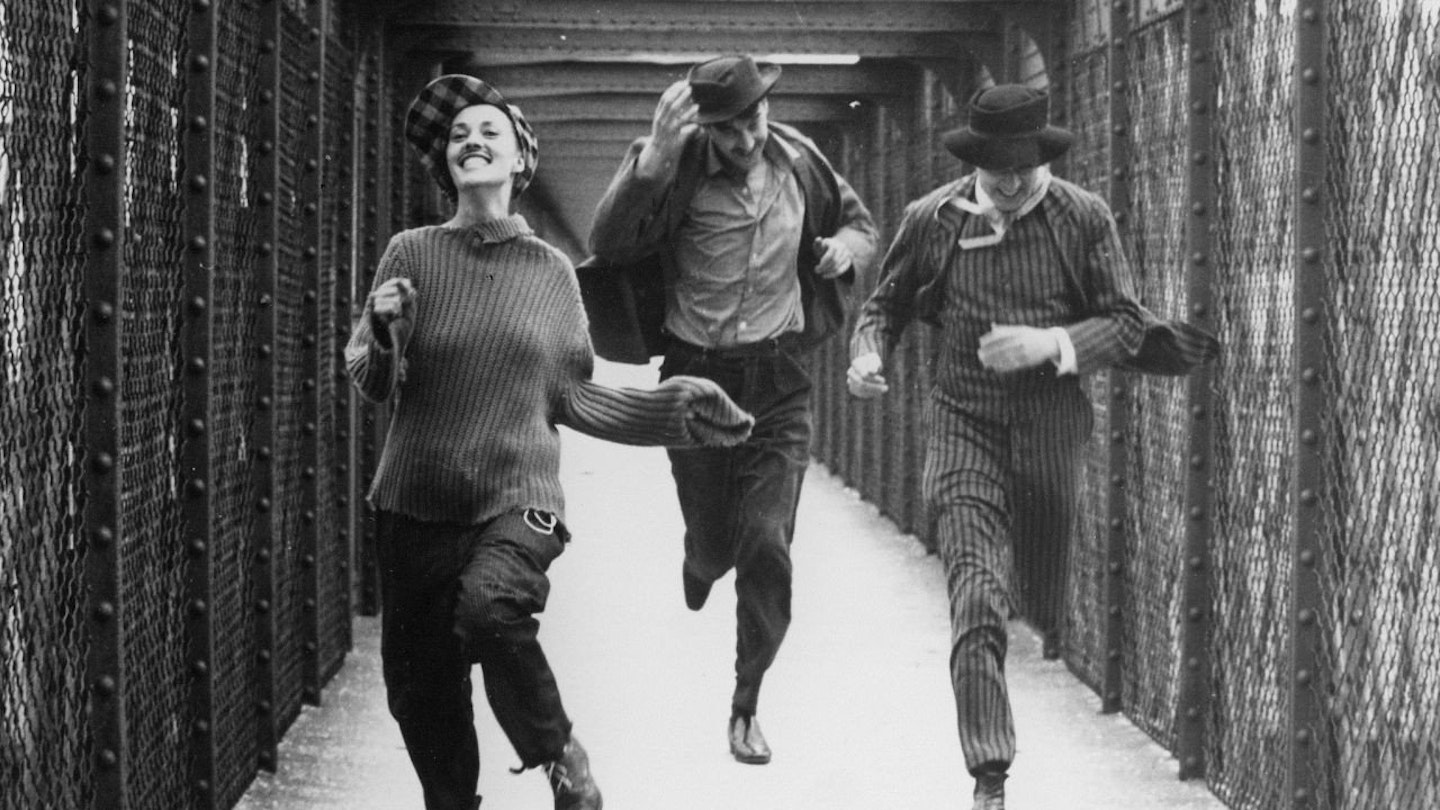As a critic, François Truffaut had railed against the reverentially literate form of film-making that he had branded the `Tradition of Quality'. However, he was accused by some of his contemporaries of retreating into the cinematic past by adapting Henri-Pierre Roché's 1955 novel, Jules et Jim. But, rather than betraying the nouvelle vague, this glorious drama was a summation of its ideas and strategies.
Avoiding the pictorial approach of heritage lyricism, Truffaut perfectly evoked the changing tone of France between La Belle Epoche and the rise of Fascism by using photographs, paintings, books, plays, lantern shows and old films. But rather than appearing self-conscious, these nostalgic images were linked through such resolutely modern tactics as swish pans, freeze frames, superimpositions and jump cuts.
Similarly, Truffaut remained faithful to the spirit of the book, but re-ordered certain episodes and re-apportioned some of the dialogue. Consequently, he was able brilliantly to shorthand Jules and Jim's growing cameraderie and the latter's attempts to introduce his diffident friend to the joys of love.
Moreover, Truffaut shifted the emphasis away from the pursuit of artistic beauty that had prompted the pair's trip to Greece and on to Catherine's impact upon their seemingly indivisible bond. He was deeply indebted here to the effervescence of Jeanne Moreau, whose modernity, spontaneity and capricious switches between affection and cruelty so wholly seduce these Bohemian devotees of classicism and the intellect.
There's no question that the narrative tends towards melodrama once Jim has failed to heed Jules's warning and jeopardises their friendship by instigating the ménage that will drive them apart. Yet, Truffaut deftly delineates the transience of their happiness through his symbolic contrast between indoor and outdoor locations, and daytime and nocturnal incidents. Moreover, he never loses sight of the trio's essential humanity, which allies this masterpiece with the cinema of Truffaut's role model, Jean Renoir.
